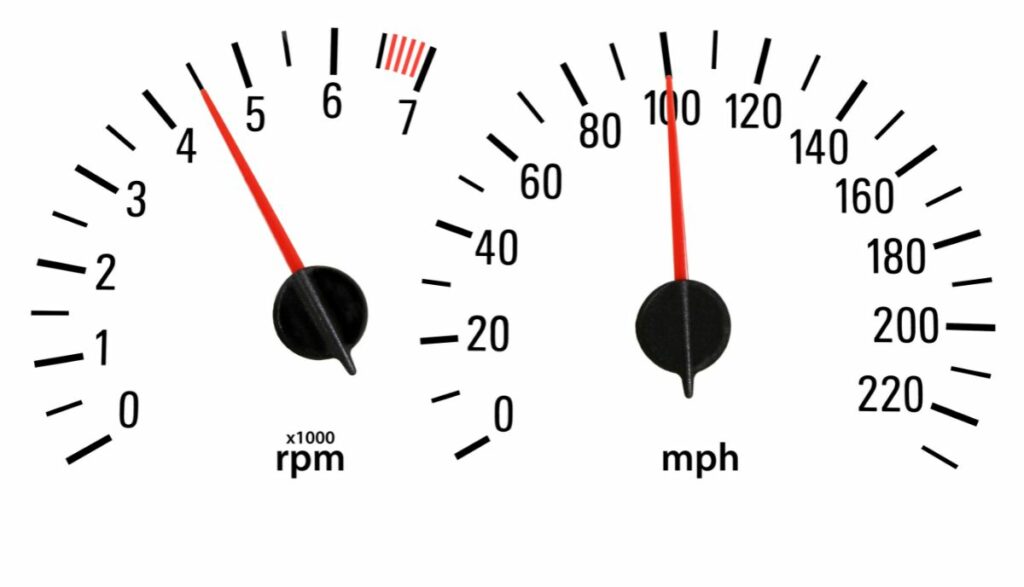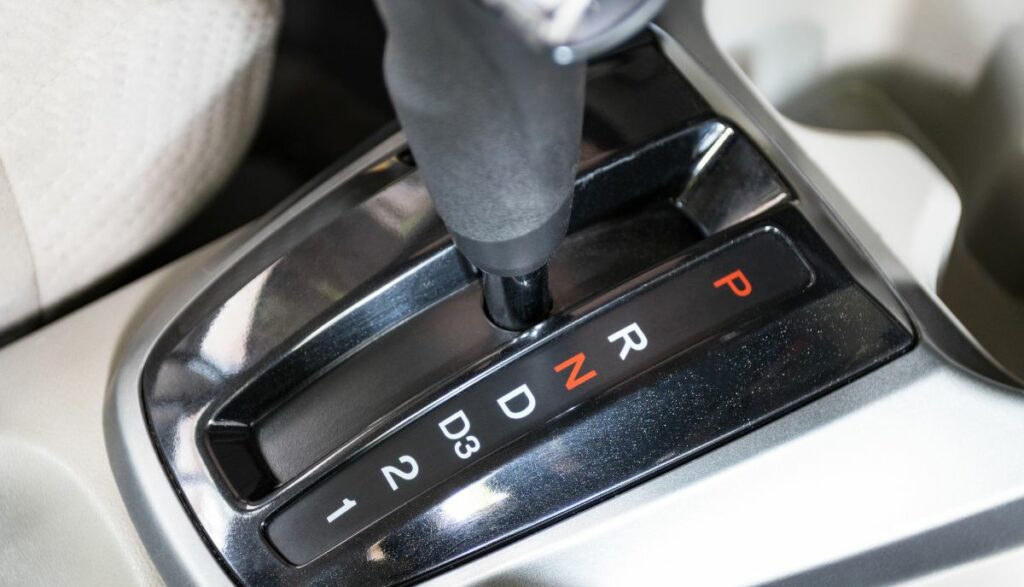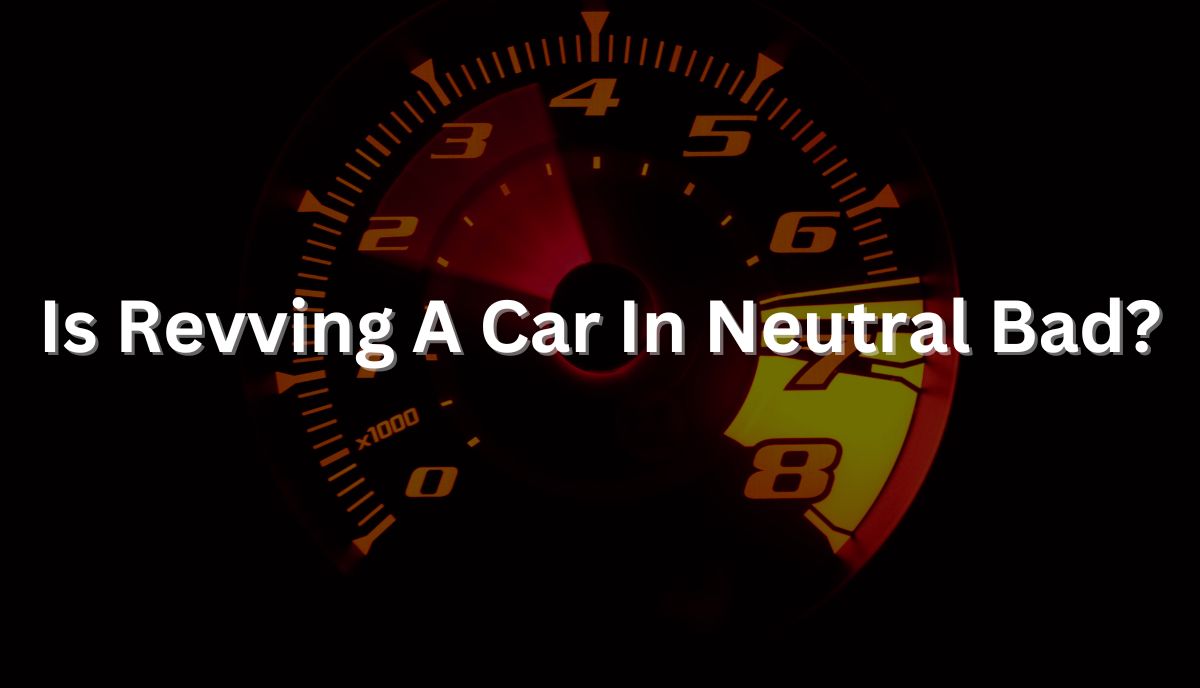No, revving a car in neutral is not bad. Naturally, the frequency and duration matter. You don’t want to keep the vehicle at 6000 RPM or more for thirty minutes. That said, cars can tolerate strenuous conditions. The engine won’t explode simply because the tachometer touches the red line.
The key is to apply moderation. Even when you show off, you should only keep your foot on the accelerator for a few seconds at a time.
What Happens If You Rev Your Car In Neutral?

Even though revving is technically safe, particularly in modern vehicles with rev limiters and sophisticated computers, the practice is still risky. Mechanics associate revving with the following complications:
- Lower Engine Life Expectancy
This is your biggest concern. Your engine won’t fail because you revved the vehicle in neutral. However, the practice lowers the engine’s lifespan because revving exposes the moving parts to intense friction. The engine’s efficiency may also deteriorate if you rev the vehicle while temperatures are low. The engine needs a moment to warm up.
- Impact On Pistons
People say that revving stresses the engine’s components. But which parts does the practice affect? Experts tend to highlight the pistons because they rise and fall more frequently. This strains the connecting rods, bearings, valves, and crankshafts. Even if those parts survive, the engine’s lifespan will fall.
- Releases Toxins & Noise Pollution
Revving the car forces the engine to use more power than usual. Many drivers worry about the fuel they waste in the process, and they are not wrong. Unfortunately, they ignore the emissions, which increase significantly.
If you don’t care about the environment, what about your neighbors? According to this table from Temple University Department of Civil and Environmental Engineering, passenger cars produce 70 decibels of noise at 65mph. The Centers for Disease Control has found that prolonged noise above 70dB can damage hearing.
A revving engine will exceed 70 decibels. The people in your community may take issue with the noise.
- Damaged Catalytic Converter
If the noise levels don’t concern you, what about the catalytic converter’s health? Revving an engine in neutral may benefit the catalytic converter by cleaning it via an increased flow of hot gases.
However, excessively revving an auto transmission will ignite the catalytic converter because of an abundance of hot gases, melting the ceramic emissions filter.
- Overheating
You can’t rule out overheating as a potential consequence of revving the engine. The practice can work with other faults, such as low coolant levels and broken water pumps, to raise the temperatures under the hood to untenable levels.
According to Way.com, synthetic oils can withstand temperatures as high as 450 F. But you can still overwhelm them with heat, preventing the degraded oil from lubricating the engine. This allows the friction to increase the engine’s wear and tear.
- Decreases Performance
Frequent revving can lower the engine’s efficiency and responsiveness by reducing the cylinders’ compression.
As you can see, revving is not a consequence-free practice. Keep in mind that revving in neutral removes the cushioning effect you get when an engine works under load. This is why the car is easier to rev in neutral. The engine will speed up quicker than usual because there’s no weight pushing back.
The moving parts will rotate at a faster rate than initially intended. You can’t rule out the possibility of vibrations in a hot engine causing damage. The connecting rods will deform. The heat may cause the compression rings to expand, increasing the friction on the cylinder lines.
What if the compression rings touch? What if they pinch the cylinder liner? The piston may crack, sending metal fragments everywhere. Admittedly, that is the worst-case scenario. Many drivers rev their engines in neutral without suffering the consequences mentioned above.
However, you should keep these risks in mind before revving your engine. Consult a mechanic if you notice the following symptoms:
- The engine makes strange noises such as rattling, knocking, and ticking.
- The engine’s power keeps falling.
- The fuel economy has deteriorated.
- The exhaust is ejecting more smoke than usual.
- The smoke from the exhaust is thick and black.
- The engine routinely misfires.
How To Rev A Car In Neutral?
Everyone knows how to rev a car. But do the instructions change when you’re revving a car in neutral? Consider the following:
1). Revving A Parked Car
- Start the car
- Wait twenty to thirty seconds.
- Move the gear to ‘Neutral.’
- Activate the e-brake to prevent the vehicle from rolling away.
- Step on the accelerator.
- Release the accelerator before the RPM reaches the red line.
2). Revving A Manual Parked Car
- Start the car.
- Step on the clutch.
- Shift the gear to neutral.
- Step on the accelerator.
- Release the accelerator before it crosses the red line.
3). Revving While Driving
- Start the car, shift the gear to ‘Drive’ and drive away.
- In a manual car, step on the clutch and shift the gear to neutral.
- In an automatic car, there’s no clutch. You can shift the gear to neutral directly.
- Shifting to neutral will cause the car to coast.
- Step on the accelerator (while also stepping on the clutch in a manual car). The engine will rev loudly, but the vehicle’s speed won’t increase.
- Stop revving before the tachometer reaches the red line.
- You can shift the gear back into ‘Drive’ to start driving again.
Is There A Recommended Way To Rev A Car In Neutral Without Damaging The Engine?
Occasional revving is not dangerous. The engine can handle the strain. Nonetheless, you should keep the following precautions in mind:
- If you want to rev the engine while driving, find an area with few cars.
- If you’re revving the car in neutral while parked, find a flat ground where the vehicle is less likely to roll forward or back.
- Don’t forget to use the e-brake to keep the vehicle stationary.
- When you start the car, wait for the engine to warm up. You should also give the motor oil a chance to circulate. This means idling the vehicle for thirty seconds. Revving the car immediately after you start the engine can cause damage.
- Stop accelerating before the RPM reaches the red line.
- Don’t keep the engine at a high RPM for an extended period.
- Perform regular oil changes to ensure proper lubrication for the engine.
- You should also schedule regular maintenance. A well-maintained car in the hands of a person who practices healthy driving habits is unlikely to sustain significant damage because of revving in neutral.
- Buy a car with a rev limiter. It will cut the engine to prevent excess revving.
What Are The Differences Between Revving In Neutral And Revving In Park?

Both options follow a similar pattern. You start the vehicle and keep the gear in ‘Park’ or shift it to ‘Neutral’ before stepping on the accelerator. Revving in neutral concerns drivers because the engine has no load, so it doesn’t work as hard to attain a high RPM.
Additionally, some people rev in neutral because they want to launch the car. According to Milta Technology, launching is problematic because it forces a stationary vehicle to accelerate rapidly. This strains vital components such as the transmission.
Many drivers with automatic vehicles will shift the gear to ‘Drive’ while revving the engine in neutral. The transmission’s bands and clutches are not meant to withstand such an impact. The following is a healthier alternative:
- Start the car.
- Shift the gear to ‘Drive.’
- Step on the brake.
- Press the accelerator to rev the engine momentarily.
- Release the brake. This will launch the car without damaging the bands and clutches.
Some cars have a launch control system. The software allows you to launch the vehicle safely without over-revving or straining the engine. The transmission in such situations is designed to tolerate the impact of a launching car.
Do You Rev A Car In Neutral Or Park?
Both options are relatively harmless if you apply moderation. They also present similar challenges if you forget to take the necessary precautions. For instance, the engine’s lifespan will decrease if you rev the car immediately on a freezing morning without allowing the temperature to rise and the oil to circulate.
It doesn’t matter if you’re revving in the park or neutral. You will also waste fuel and increase the volume of toxic emissions. Overall, neither option is superior to the other.

